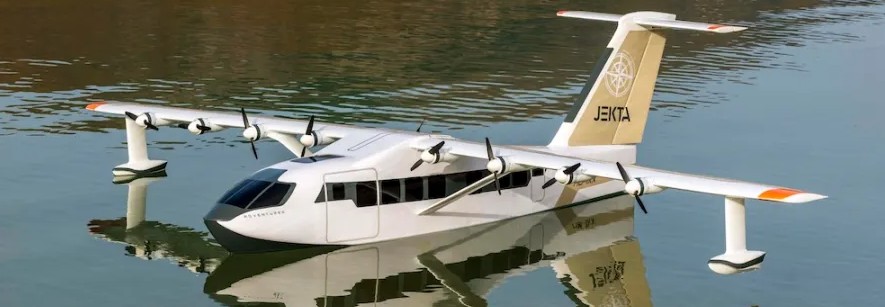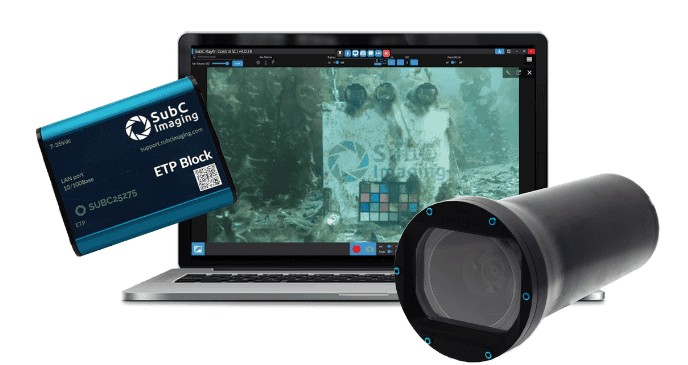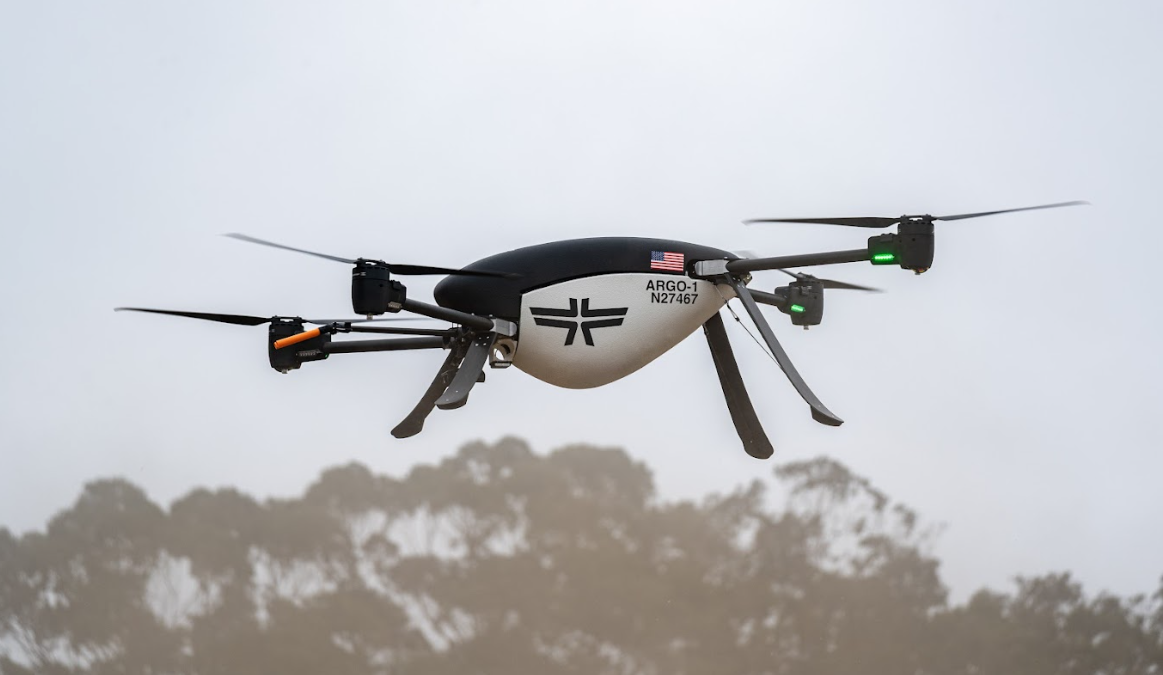Vodafone Drone Connectivity. How to Change Logistics and Investments?
.png)
Vodafone is venturing boldly into the future of autonomous logistics through a strategic partnership with Manna Air Delivery, a Dublin-based drone company. Their shared mission? To revolutionize one of the most costly and complex elements of modern commerce: last-mile delivery. By fusing the power of Vodafone’s expansive 4G and 5G infrastructure with Manna’s rapid-response drone technology, the duo is poised to bring consumers food, medicine, and retail goods faster, cheaper, and with a smaller environmental footprint.
This isn’t just a futuristic vision—it’s already in motion. In a recent test, drones outfitted with Vodafone SIM cards flew beyond visual line of sight (BVLOS), transmitting real-time telemetry over the telecom network. This kind of high-fidelity live link is critical: it enables safe, scalable operations by reducing risks like mid-air collisions and enabling centralized fleet control.
Vodafone’s drone fleet soon took to the skies again—this time in the suburbs of Dublin, in partnership with a major food delivery platform. In some cases, customers received their orders in under three minutes. Participating restaurants sent drones zipping over rooftops at speeds of up to 80 km/h within a controlled 3-kilometer delivery zone. These quick-turnaround deliveries demonstrate not only technical viability but also a compelling case for drones as the future of on-demand logistics—extending well beyond food to include emergency supplies, prescriptions, and daily essentials.
Economics are also coming into alignment. Each drone delivery currently costs about $4, but with operational scale and route optimization, that figure could drop to just $1. This puts drone services in a competitive position against traditional couriers, particularly in congested urban areas. The next frontier? Expanding into grocery and retail sectors, with broad deployment expected to roll out within months.
Vodafone’s involvement goes beyond mere network coverage. Their role in enabling BVLOS operations is foundational. With a mission-critical communications platform designed for emergency services and AI-powered IoT tools capable of identifying and resolving network issues before they occur, Vodafone provides the operational backbone required for high-stakes, real-time logistics.
Regulatory developments are also working in the project’s favor. Europe has emerged as a frontrunner in crafting drone-friendly policy frameworks, standardizing rules that allow commercial drones to safely operate in shared airspace. While some regions remain cautious, Europe’s supportive stance gives Vodafone and Manna the clarity they need to build at scale—today, not years from now.
For Vodafone, this isn’t just a tech experiment—it’s a strategic pivot. As telecom markets face stagnant revenues and intensifying competition, branching into drone infrastructure represents a high-growth adjacent opportunity. The telecom firm isn’t just selling data plans; it’s embedding itself in the connective tissue of a new logistics economy—one that could eventually reach tens of billions of dollars in value.
Of course, scaling drone delivery isn’t without its challenges. In early trials, some local residents voiced concerns over noise. As with many breakthrough technologies, the road to acceptance includes community pushback and cautious regulators. But advancements in drone design and improved airspace coordination point to a future where these frictions are minimized.
From an investor’s standpoint, this move could help reposition Vodafone as more than a telecom utility. If the company successfully grows its drone logistics footprint—and leverages it across multiple European markets—it could transform into a key infrastructure enabler for smart mobility, emergency response, and automated commerce.
That transformation hinges on execution. Operating a fleet of autonomous drones across varied urban and rural environments requires uniform regulatory standards, reliable coverage, and robust systems for fleet management. Fortunately, Vodafone holds several aces: a pan-European footprint, deep technological expertise, and the kind of real-time operational oversight that drone logistics demand.
But perhaps the most exciting element of this partnership lies in its broader potential. The systems being developed today for drone delivery could eventually serve autonomous vehicles, first responder coordination, and even smart city management. This is more than logistics—it’s a blueprint for a fully connected, automated future.
Picture a region cut off by floodwaters, where roads are impassable. Drone fleets, seamlessly connected through Vodafone’s high-priority network, deliver medicine, food, and supplies within minutes. Or imagine coordinated deliveries during a pandemic, where low-contact logistics is a matter of public health. These aren’t dreams—they’re design goals.
The recent food delivery pilot proves more than technical capability; it reveals strategic intent. If Vodafone and Manna can extend this model to retail and grocery sectors—while keeping delivery costs low—they’ll redefine what “last mile” means. Consumers benefit from faster, greener service. Businesses gain from lower delivery costs and greater differentiation. And Vodafone earns a new identity: not just a telecom giant, but a critical enabler of the next-generation supply chain.
What makes this so compelling is how close it all is. This isn’t a five-year plan. The infrastructure is live. The tests are real. The deployments are expanding. As drones begin to crisscross the skies of Europe, delivering everything from burgers to first-aid kits, the traditional lines between telecommunications, logistics, and automation are starting to blur.
In essence, Vodafone is repurposing its telecom might into a launchpad for intelligent, autonomous logistics. With Europe offering favorable regulation, growing drone fleets, and massive market appetite, this partnership with Manna has the potential to soar—literally and commercially.
For investors, Vodafone’s drone strategy could be a pivotal growth story. For urban planners and logistics innovators, it’s a sign of shifting paradigms. And for everyday consumers, it might just mean dinner arrives before you even set the table.
The future of delivery isn’t rolling down the road. It’s already in the air.

.jpg)


